Do people benefit from having a community justice centre nearby? What type of legal aid works best for family and land disputes? What is the effect of public interest litigation on well-being in poor communities? In times of cuts in budgets for public justice sector services and development aid, both practitioners and policymakers are on the lookout for what works. Laura Goodwin and Vivek Maru of Namati made a huge contribution to the evidence base by doing a careful review of 199 evaluation studies.
Enabling people to use the law
In What do we know about legal empowerment? Mapping the evidence, their perspective is the one of legal empowerment. This is the branch of law and development aid aiming to increase the capacity of people to exercise their rights and to participate in processes of governing. Legal empowerment programs tend to focus on developing countries, so most evaluation studies come from India, Bangladesh and a range of Sout-East Asian and African countries. But this is a worldwide mission, as many Western countries are struggling to provide legal assistance and appropriate procedures for ordinary people with the justice problems of everyday life. So studies from the UK (8), the US (8), the Netherlands and Belgium are included in the sample as well.
Ever since I co-edited the Chapter on Access to Justice of the Report of the UN Commission for Legal Empowerment of the Poor, I feel the legal empowerment movement deserves much more attention from access to justice specialists. Legal empowerment is exactly about what we all say we want: enabling and coaching people so they can make use of their rights. It is also a movement full of creativity and diversity. Legal empowerment interventions tend to focus on urgent situations on the ground where there is little access to formal institutions, but (therefore?) also a lack of the vested interests that tend to slow down legal innovation elsewhere. The attitude is one of finding quick, very practical wins. Smart interventions have to create maximum justice impact per dollar/euro invested by donors.
A broad range of interventions help
The following table from the review shows which interventions have been evaluated in the 199 studies reviewed illustrates the broad range of interventions.
It is hard to tell whether this is a representative sample of the interventions that have actually been applied. If there is a bias, it may be that studies about unsuccessful interventions have not been undertaken or published. Only 9 studies reviewed by Goodwin and Maru reported a negative change.
Problems addressed
The next picture taken from the report shows the type of issues the reviewed legal empowerment interventions tend to address. We have to assume that this selection is the result of forces at the demand side (urgent problems for people)and the supply side (donor preferences). Service delivery is most prominent, and it represents the justice needs of poor people related to access to health care, water, sanitation, electricity and social security. A broad cluster of family disputes, domestic issues and women’s/children’s rights is also present. Land and access to resources is perhaps third. In our studies on basic justice care (see below) and justice needs and satisfaction surveys (soon to be published) we find similar patterns, so the donor-bias is perhaps limited.
There may be one exception. Criminal justice is small in these evaluation studies. This contrasts with a finding in a review of nine legal aid systems in Europe we will publish later this month, where most money is invested in criminal legal aid. Perhaps criminal justice is not that attractive to donors who may be more willing to help powerless women and children than men taken to overcrowded, filthy prisons? Gary Haugen, in his recent bestseller The Locust Effect, makes a similar point.
 What works on what?
What works on what?
What effects can be established? Many interventions are reported to have a measurable effect on agency. People feel more willing to take action (93 studies out of 199) and actually take more action (also 93). This often leads to concrete results. People obtain more remedies (73), resolve more cases/disputes (37) and more sense of a fair process (32 studies).
The review also includes some evidence that legal empowerment strategies improve health, strengthen educational learning, and increase income. Community monitoring (in particular, community scorecards for public services) and citizen participation in governance appear to be the most promising interventions that have direct impact on the quality of life. These are interesting findings, because they are outside the scope of traditional access to justice thinking.
What is most new and surprising?
Evidence is most useful where it updates or falsifies prior beliefs. So I compared the findings of Goodwin and Maru with our own review of Strategies towards basic justice care for everyone, published 2 years ago. Two of the five strategies our experts prioritized, are clearly confirmed. Interventions aimed at informing people about what they can do and what they can expect (legally and practically), are rather effective. I could not agree more with the authors, however, when they say there is a need for more research into what are the most effective ways to deliver such legal information.
We also defined a promising strategy of employing problemsolvers such as paralegals and judicial facilitators. These are typically hybrid services, integrating mediation skills, knowledge about relevant legal norms and specialized practical, local knowledge for each type of problem, be it poor quality of public services, a land dispute or a divorce. In developed countries, they may be employed by community justice centres, by legal expenses insurers or by law firms specializing in legal aid cases and having adopted a problemsolving approach. Goodwin and Maru confirm that community paralegal programs and programs strengthening ADR/customary justice often have positive impacts on agency, on legal knowledge, on resolution of disputes and on health. There is a clear trend of integration between (mental) health care and justice care that seems to be particularly promising.
Our experts also recommended to invest in simplifying court procedures and developing better (specialized) tribunal procedures for the most frequent and urgent disputes. Goodwin and Maru redirect the attention to what lawyers would call administrative procedure. What seems to matter also is the pursuit of remedies or entitlements at ombudsman offices, regulatory agencies, and service delivery agencies.
Scaling up?
The Namati study does not cover our strategy nr 4. Protocols and best practices can be means to ensure quality and an important tool to deliver low cost services, as they economize on the costs of training. They also ignore the distribution of legal services by online and mobile platforms, which is a major trend in developed economies and promising in the parts of Africa and Asia that are well-connected (strategy 5). Is this a signal that it is way too early for such interventions in developing countries? Or is it an artefact of their approach? Evaluation studies are often done after projects concluded, so they typically represent choices made a number of years ago. Perhaps a next version of their study will also include these interventions, so we can learn more about how realistic they are.
One reason to consider these distribution strategies can be the last finding from this excellent study I want to share here. Until now, most interventions have a limited scale, as can be seen from the graph above. If we assume that legal empowerment efforts aiming at more people are more likely to be evaluated, the small average size of programs is even more striking. If these approaches for providing access to justice are as effective as the data collected by Goodwin and Maru suggest, it is time to think very hard about the ways to scale them up.

